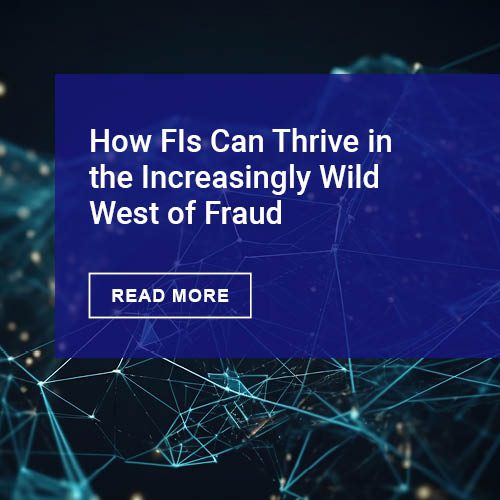My personal FICO Score is usually 5% to 10% lower than my wife’s score. She is long-retired, and I am not, but I apply for credit cards regularly, close some of them when I want to, and always pay our bills on time. Usually, I can predict what using a new card will do to my FICO Score or what happens when I carry little debt against the credit cards I have.
On the operational side, while at Citi, Chase, and Wachovia, I’ve seen the FICO Score used from stem to stern in credit. At the front end, when underwriting scrutinizes prospective customers or when credit managers need to negotiate payments, the metric proved to be predictive, stable, and action-oriented.
And, when reviewing FICO Scores used by investors where analyst firms grade asset-backed securities, it is evident that nearly every filing uses the FICO Score for its universal ranking of credit risk. If you work, or invest in credit, you know that a 660 FICO Score means subprime, and a 760 means prime, whether the credit type is an auto, a personal loan, or a credit card.
Long ago and far away, at one of those significant banks mentioned above, we even sandboxed a was/is a strategy with FICO Scores that tried to project a person’s next FICO Score based on where they were six or twelve months prior versus today. Of course, it turned out that using the current score was better than trying to outthink FICO, but it was worth trying.
Yesterday’s WSJ broke the story on a new spin to FICO Scores driven by Experian. TransUnion and Equifax will likely come up with their versions soon enough, but for now, Experian is the only credit reporting agency that offers the product. Last night, I started the process on my account and will cover the gory details in an upcoming Mercator blog.
Here’s how the process works.
The core logic of the FICO Score is that it relies on credit-bureau data. Rather than alternative or proprietary scores, which might claim to bring 1,000 or 50,000 data points, the FICO Score uses data under the purview of three credit reporting agencies, all compliant with the Fair Credit Reporting Act (and subsequent requirements). The data is highly regulated and clinical. It includes how much you owe, to whom it is owed, how long you’ve had it, and the velocity of credit applications. There is no “black box.”
With Experian’s Go product, you can authorize some bills, which might not necessarily be credit-related, to add tradelines to your report. As a simple example, think about your Netflix monthly payment. You pay for a subscription regularly, though they are not extending credit. Similarly, your mobile payment has a monthly charge, but you are not financing debt.
The target market is for the credit invisible and those with thin credit files. What I intend to find out when I do finally register for Experian’s Go product is how this affects an established account, but that is another story.
The story here is: “How do you get people into the system?” A white paper carves out the market here, though much of the data is already understood. It is no surprise to see estimates of 11% of the U.S., or 28 million, as credit invisible. Nor is it a shocker that 21 million or 8% are unscorable. And, when you get into racial and ethnic metrics, do not expect a surprise.
Go looks like a winner. It will be interesting to watch how the other two bureaus react and how Experian monetizes the product, with perhaps a program to match consumers with viable credit products. But for now, who doesn’t want to have their FICO Score impacted by bills they regularly pay? And for those not in the formal credit system, this is an excellent way to start.
Overview by Brian Riley, Director, Credit Advisory Service at Mercator Advisory Group











